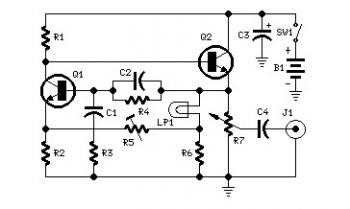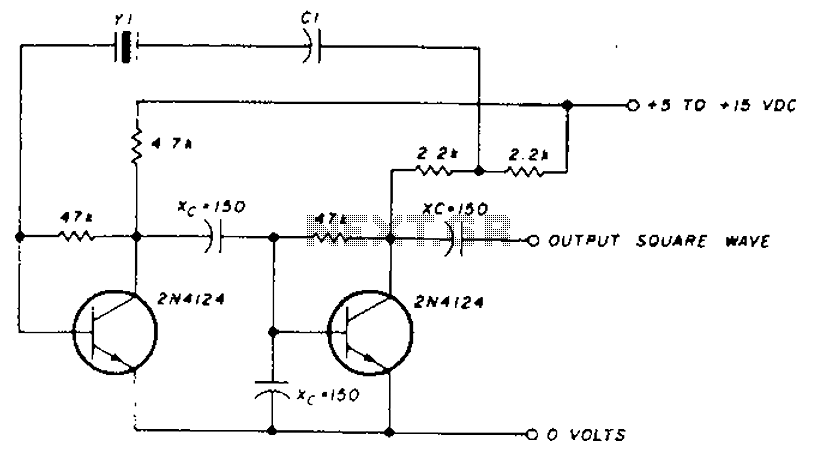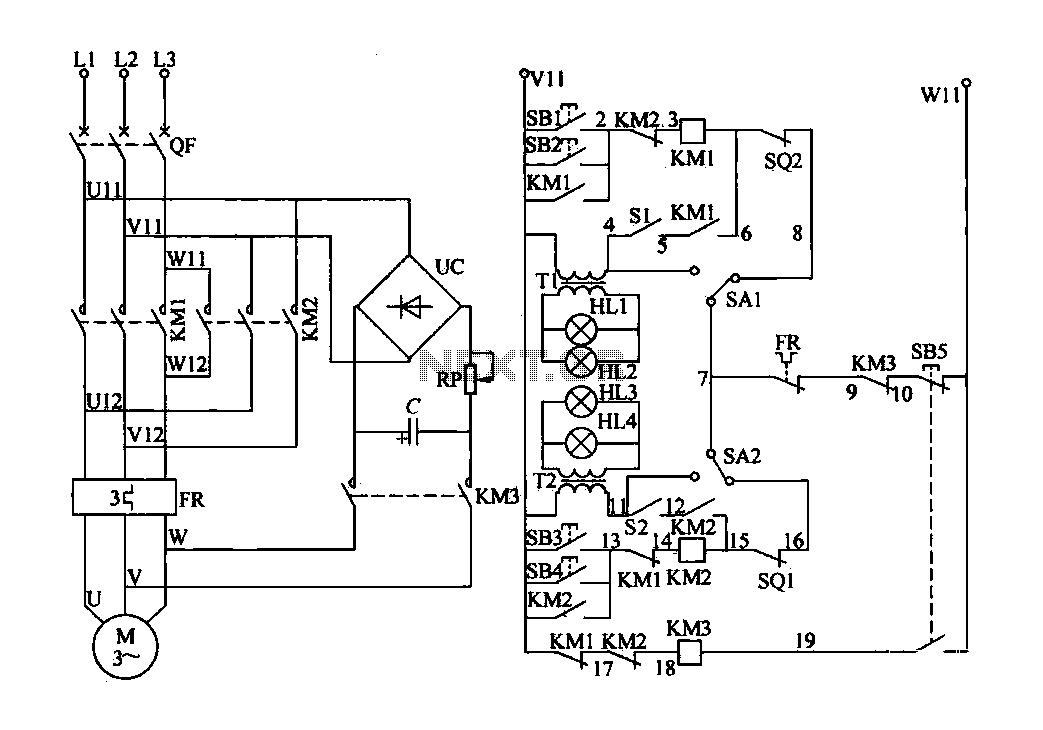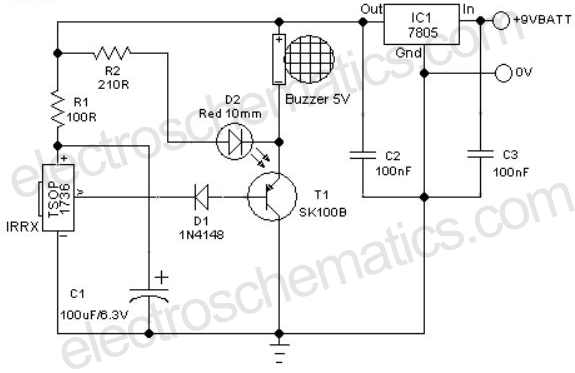
Error Compensation Circuit for Pressure Sensor
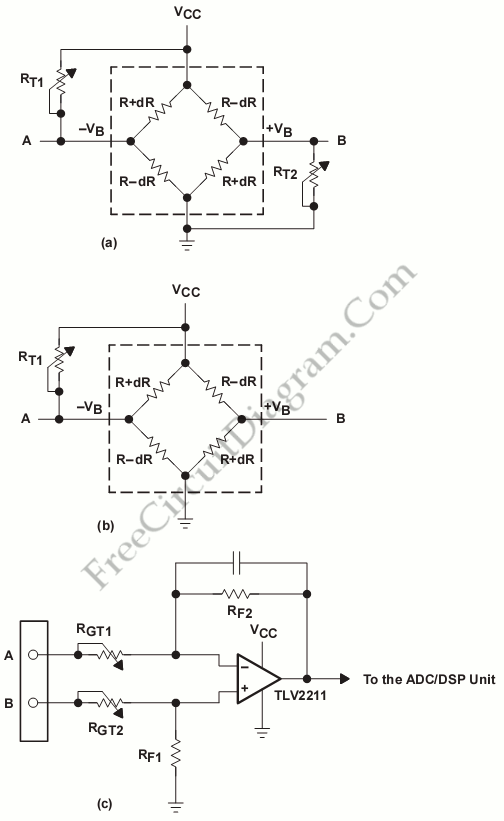
To obtain an accurate pressure value, it is essential to eliminate offset errors. Numerous basic circuit designs are employed to remove these offset errors.
Offset errors in pressure measurement systems can lead to inaccuracies in the readings, which may affect the overall performance of the system. To address this issue, several circuit designs have been developed. Common methods to eliminate offset errors include the use of differential amplifiers, instrumentation amplifiers, and auto-zeroing techniques.
A differential amplifier can be utilized to compare the output of the pressure sensor with a reference voltage. By amplifying only the difference between these two signals, the circuit effectively cancels out any common-mode noise or offset present in both signals. This approach is particularly useful in applications where high precision is required.
Instrumentation amplifiers are another effective solution for offset error correction. These amplifiers provide high input impedance and excellent common-mode rejection, making them ideal for interfacing with pressure sensors. The design typically includes three operational amplifiers, which work together to amplify the difference between the sensor output and a reference voltage while minimizing the impact of offset errors.
Auto-zeroing techniques involve periodically resetting the output of the sensor to a known value, effectively eliminating any offset. This can be achieved through the use of sample-and-hold circuits that capture the output of the sensor during a calibration phase, allowing for real-time correction of offset errors during normal operation.
In summary, various circuit designs are available to eliminate offset errors in pressure measurement systems, including differential amplifiers, instrumentation amplifiers, and auto-zeroing techniques. Each method has its advantages and is selected based on the specific requirements of the application, such as accuracy, noise sensitivity, and ease of implementation.To obtain an accurate pressure value, we must remove the offset errors. There are? many basic circuit designs that is used to remove the offset errors. This. 🔗 External reference
Offset errors in pressure measurement systems can lead to inaccuracies in the readings, which may affect the overall performance of the system. To address this issue, several circuit designs have been developed. Common methods to eliminate offset errors include the use of differential amplifiers, instrumentation amplifiers, and auto-zeroing techniques.
A differential amplifier can be utilized to compare the output of the pressure sensor with a reference voltage. By amplifying only the difference between these two signals, the circuit effectively cancels out any common-mode noise or offset present in both signals. This approach is particularly useful in applications where high precision is required.
Instrumentation amplifiers are another effective solution for offset error correction. These amplifiers provide high input impedance and excellent common-mode rejection, making them ideal for interfacing with pressure sensors. The design typically includes three operational amplifiers, which work together to amplify the difference between the sensor output and a reference voltage while minimizing the impact of offset errors.
Auto-zeroing techniques involve periodically resetting the output of the sensor to a known value, effectively eliminating any offset. This can be achieved through the use of sample-and-hold circuits that capture the output of the sensor during a calibration phase, allowing for real-time correction of offset errors during normal operation.
In summary, various circuit designs are available to eliminate offset errors in pressure measurement systems, including differential amplifiers, instrumentation amplifiers, and auto-zeroing techniques. Each method has its advantages and is selected based on the specific requirements of the application, such as accuracy, noise sensitivity, and ease of implementation.To obtain an accurate pressure value, we must remove the offset errors. There are? many basic circuit designs that is used to remove the offset errors. This. 🔗 External reference
